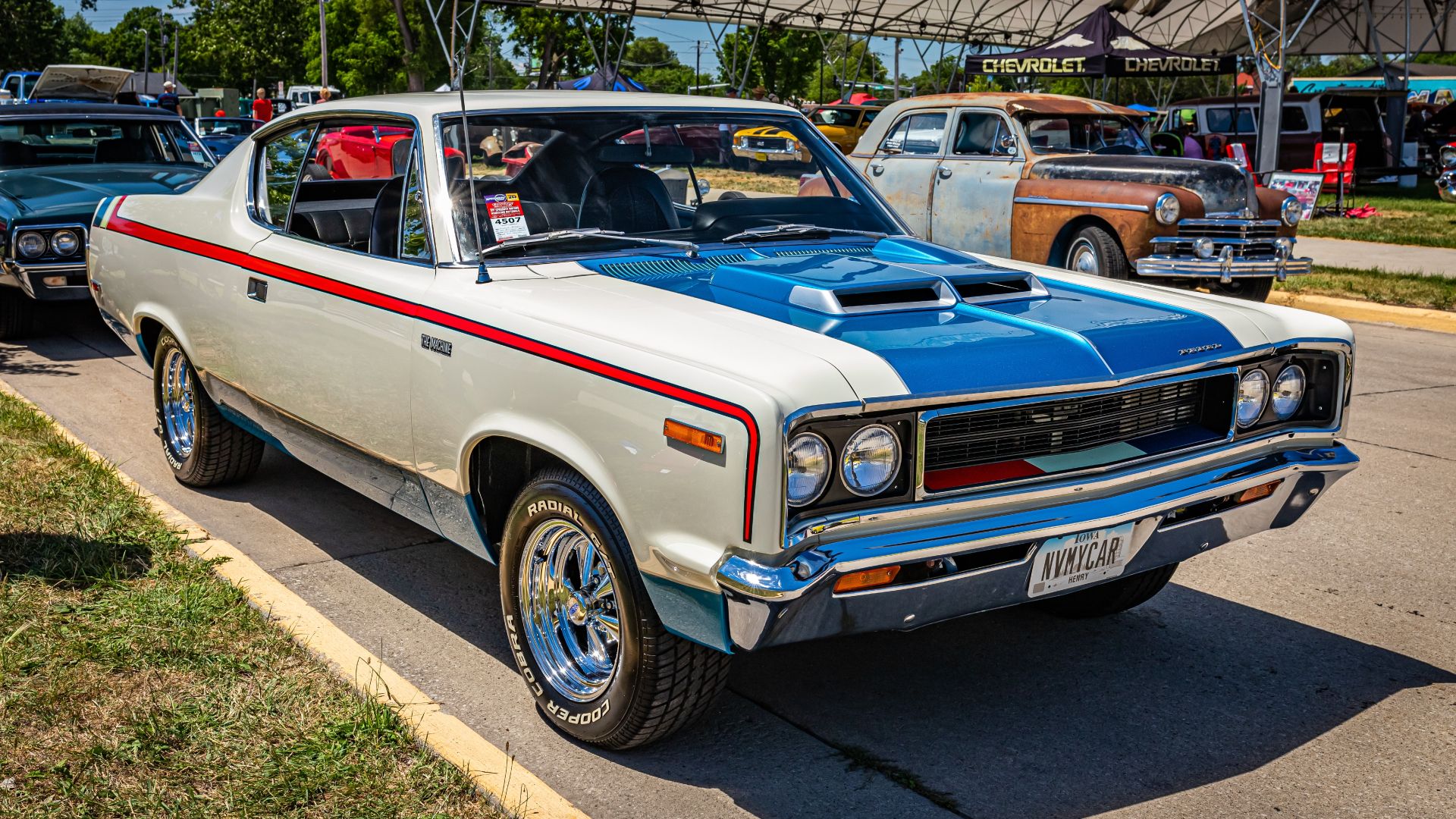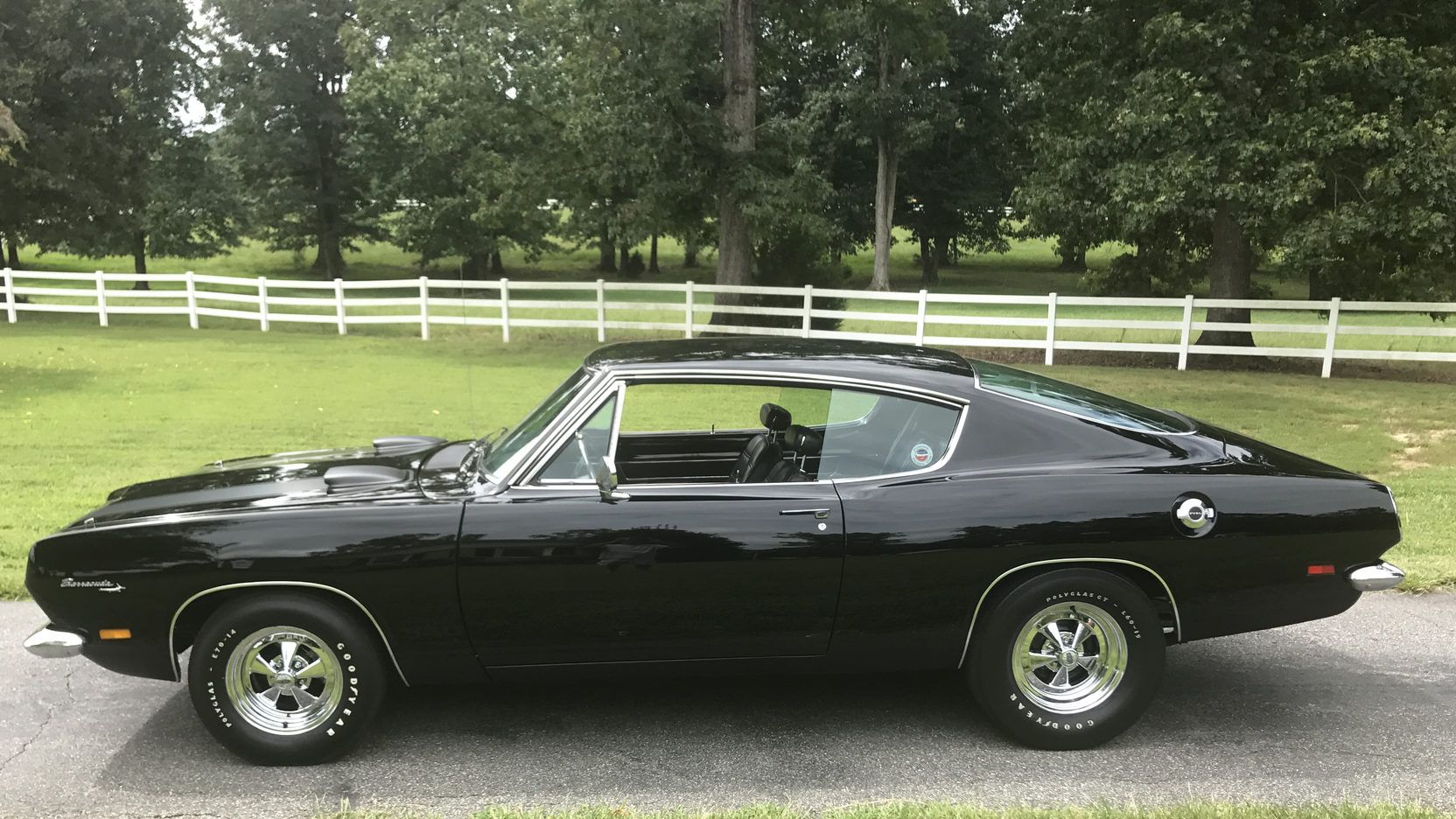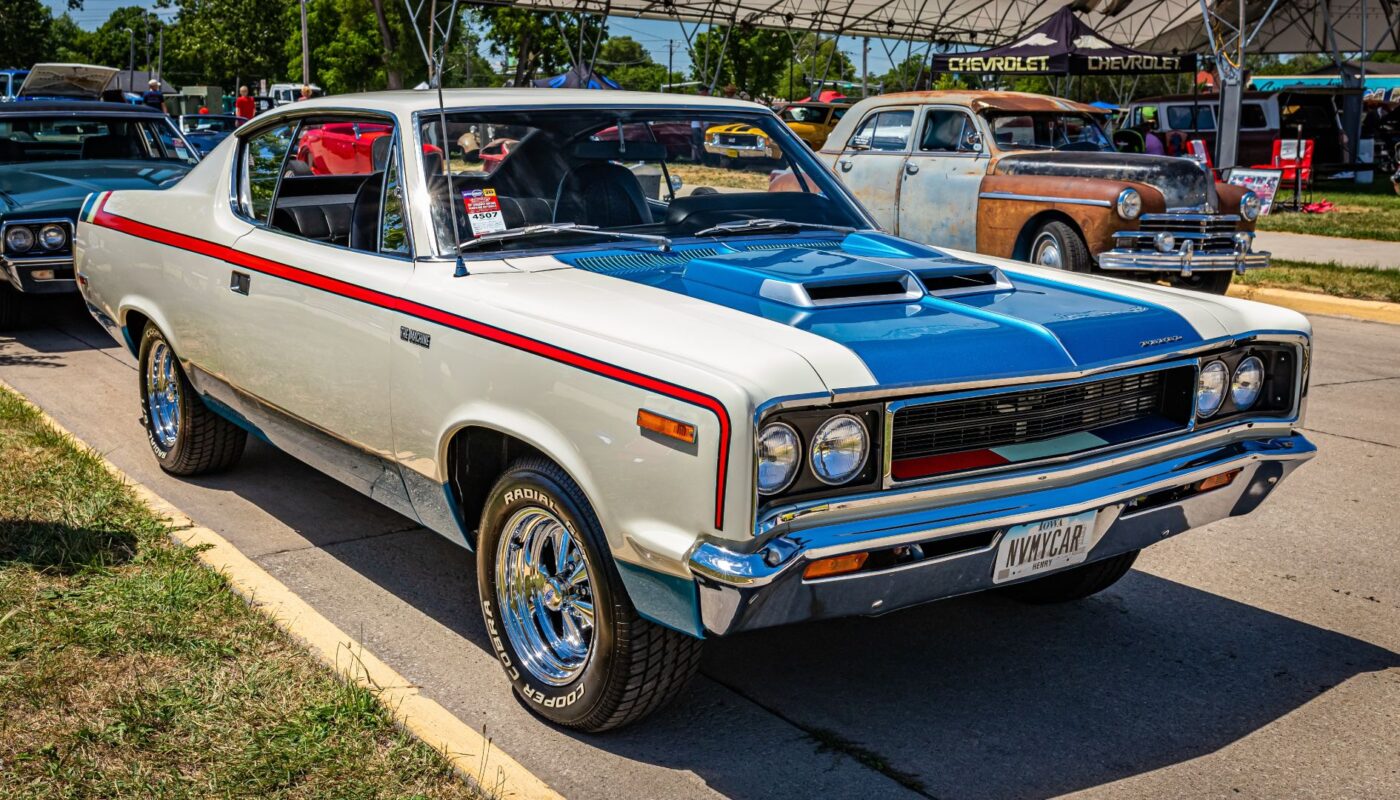If French automaker Renault is the elevator music of vehicles, and it is, then Italian sports car manufacturer De Tomaso is hard-driving heavy metal. In fact, Texas groove-metallers, Pantera named themselves after the vaunted model, and it’s what Mötley Crüe frontman Vince Neil crashed in his infamous DUI arrest. De Tomaso Automobili ltd. was founded by Alejandro de Tomaso in 1959, became part of Ford in 1971, and then effectively ended with the founder’s death in 2003. The company has been bought several times since then with hopes of jump-starting it, but so far nothing substantial has happened.
During its time under Ford, De Tomaso introduced the Pantera in 1971, most of which were sold in America through Lincoln-Mercury dealers. The 1972 Pantera L (for luxury) came with a front bumper and integrated airfoil, but more importantly, a 5.8-liter V-8 that generated 330 horsepower and 344 pound-feet of torque. The Pantera continued to be manufactured until 1992 with only 7,260 ever produced. Though later models had bigger engines and were much faster, those first Panteras were iconically cool.

The founding of the American Motors Corporation (AMC) is complicated, involving mergers between Nash, Kaiser Motors, Packard, Studebaker, Willys–Overland Motors and U.S. Senator Mitt Romney’s dad. Their demise is equally complex, involving a Renault buyout, the assassination of Renault chairman Georges Besse by leftist extremists, and an ultimate buyout by Chrysler, who only wanted the Jeep brand and let everything else fade away. What is easy, is the fact that AMC was the last great American car company to rival the Big Three, who made some pretty cool rides.
Yes, AMC gave the world the Pacer and the Gremlin, two of the ugliest vehicles ever made, but they also cranked out some sharp-looking muscle in the classic era like the Javelin and the AMX. Nothing however was cooler than the 1970 Rebel known as “The Machine.” This patriotic red, white, and blue muscle car had a 390ci V-8 under the hood that produced 340 horsepower and 430 pound-feet of torque. With a 6.3 second 0-60 time and a 14.8 second quarter-mile, it was bit slower than it’s muscle car contemporaries, but man did it turn some heads.
1 1969 Plymouth Barracuda

Walter P. Chrysler took over the troubled Maxwell-Chalmers car company in the early 1920s and eventually turned it into the Plymouth division of the Chrysler Corporation. Initially intended to be the budget Pentastar brand, it would go on to produce some of the greatest and most prestigious models under the Chrysler umbrella.
After some kick-ass decades in the 60s and 70s, by the new millennium, Plymouth was back to being an entry-level brand making cheap underpowered stuff the American public didn’t want. Even the Chip Foose-inspired Plymouth Prowler couldn’t save the division and in 2001, Chrysler pulled the plug.
Plymouth’s time in the spotlight came in the classic muscle car era when they made some of the baddest rides available, like the GTX, the Duster, the Road Runner, and of course the Super Bird. Nothing however compares to the sheer awesomeness of the Barracuda. Introduced in 1964 as an A-body fastback coupe pony car, it would become a muscular track menace by the second generation.
Before it became basically a Dodge Challenger in 1970, the 1969 Barracuda came optional with a 440ci Super Commando V-8 that blasted 390 horsepower, 490 pound-feet of torque, and was the fastest Plymouth of the time. Not only is the ’69 ‘Cuda one of the best muscle cars ever, it’s the single best car made by a defunct auto manufacturer.
